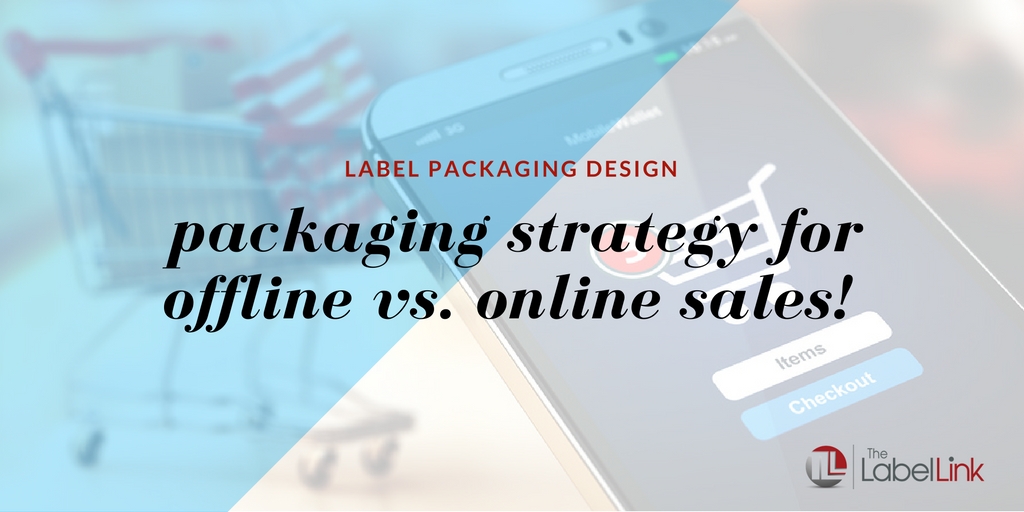
Will Your Packaging Design Stand Up in Both Online and Offline Sales?
It’s not a secret that online sales are heating up fast. Right now online shopping accounts for 12.6% of retail sales. By 2020, online shopping is supposed to have increased by another 28%, according to Kantar.
The fast incline of online sales versus those that happen in-store changes more than just how you reach your consumer. It also changes how you package your products.
The Retail Online Sales Shift
In the past, selling a product online meant waiting for an order to arrive, packaging up the product and sending it with the United States Postal Service (or UPS or FedEx).
Today, online sales are being delivered in a variety of ways.
- Drones are descending on houses to bring online orders to the consumer faster.
- ATMs are allowing products to be ordered online and then dispersed at a physical location other than a store.
- Consumers are placing their orders through an app and then choosing in-store pickup to get their items, saving them time in the store and money on shipping.
The online retail world is changing dramatically and with it so does the packaging for your product. Now, packaging will need to be more durable and better suited for a variety of environments.
Keeping the Same Strategy Across All Channels: Savvy or Senseless?
It’s tempting to keep the same strategy across both the online and offline channels. This way, your product packaging costs less. You can buy your labels in bulk and be ready to deliver a product no matter when or where the order comes in.
Many packaging professionals disagree with this approach.
79% of packaging professionals say that their strategies need to be different for online and offline sales, according to a 2016 Packaging Matters™ report from WestRock Company. Still, over half of all professionals have a separate strategy and only 61% of professionals plan to have a different strategy for each channel in the future.
One reason for needing a separate strategy involves the likelihood of a product leaking or breaking in-store. This is less likely to happen for online sales because the product is well packaged.
Other businesses aren’t sure whether the packaging matters as much online as it does offline. Looking at consumer behavior, we can tell that this isn’t the case. Packaging for online sales matters just as much.
Biggest Concerns for Packaging When Selling Products Online
There are two core concerns when it comes to designing a product’s packaging for online sales.
- How bright are the graphics used in the packaging vs. on the screen
- How durable are the materials used in the packaging
The brightness is important to consider. If a person has a hard time seeing the imagery used in your product’s packaging when browsing online, she’s not as likely to buy from you. Consumers want to have vivid packages, even when shopping in a digital environment.
The durability matters a great deal when it comes to shipping. If your product arrives looking beat up because the product didn’t have sturdy labels, your business’s reputation will be instantly damaged.
Why Does This Matter so Much?
Surprisingly, consumers are quick to share their opinions about packaging, which have a stronger influence on other consumer’s buying behavior than you might realize.
The WestRock study found:
- Almost 20% of consumers have written reviews and talked about the product’s packaging;
- 15% have written negative reviews mentioning the packaging;
- 20% of customers have purchased a product because the online review mentioned the package.
If you do not use attractive, yet sturdy packaging for your products, you risk your customers speaking badly about your product online, turning others away from it. Don’t let your product packaging hurt your brand.
Question: Does your packaging strategy include both online and offline buyers?
If it doesn’t, it should. The way you package your product has a direct impact on how competitive you are. If it is not packaged well, you could be sending a beat up looking product to your consumer. On the other hand, if it is packaged well, you could make a stronger impression on your buyer, increasing the likelihood of getting a positive online review and attracting other consumers.
